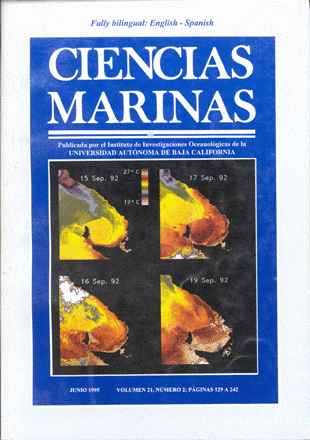Crude fiber and chitin in the red crab (Pleuroncodes Planipes, Stimpson): Similarities and differences
Main Article Content
Abstract
One of the potentially important marine resources in Mexico is the crustacean known as the red crab, Pleuroncodes plunipes, Stimpson. During a bibliographic review of the chemical composition of crustaceans, it was found that some authors report chitin as crude fiber, a structural component of plants formed principally by cellulose. It differs from chitin in that it is a homopolysarccharide and the main component of the exoskeleton of crustaceans. The objective of this work was to determine similarities and differences between the official method of estimating crude fiber and the method selected here for analyzing chitin in red crab meal. The analytical methods were: that described by the Association of Official Analytical Chemists for crude fiber, and that of Black and Schwartz for chitin. Twelve repetitions in five lots of red crab meal were conducted to determine crude fiber and chitin. The results show statistical differences between chitin and crude fiber. The conclusions indicate that despite similarities in the analytical methods and the chemical structures of crude fiber and chitin, and that they both form the structural part of the organisms and are considered as the indigestible portion, specific techniques should be used to quantify them. Using the crude fiber method instead of the chi- tin method overestimates the chitin. Since no official technique exists for determining chitin, it is recommended to use Black and Schwartz’ method since it can be adapted in a conventional food analysis laboratory.
Downloads
Article Details
This is an open access article distributed under a Creative Commons Attribution 4.0 License, which allows you to share and adapt the work, as long as you give appropriate credit to the original author(s) and the source, provide a link to the Creative Commons license, and indicate if changes were made. Figures, tables and other elements in the article are included in the article’s CC BY 4.0 license, unless otherwise indicated. The journal title is protected by copyrights and not subject to this license. Full license deed can be viewed here.

